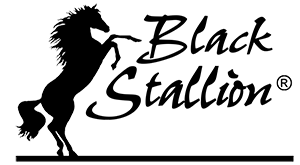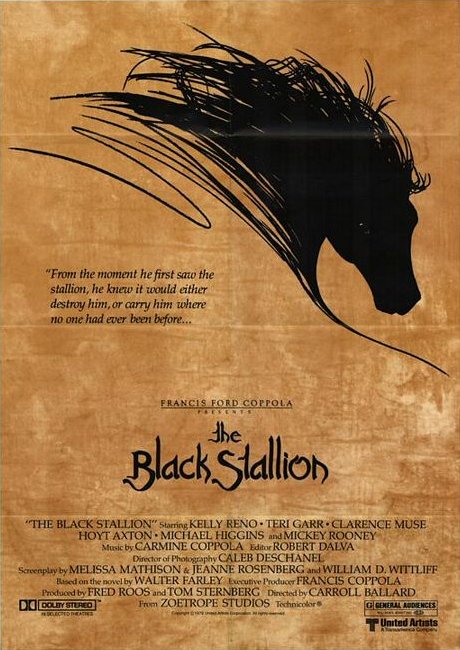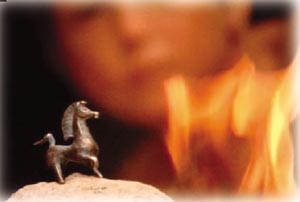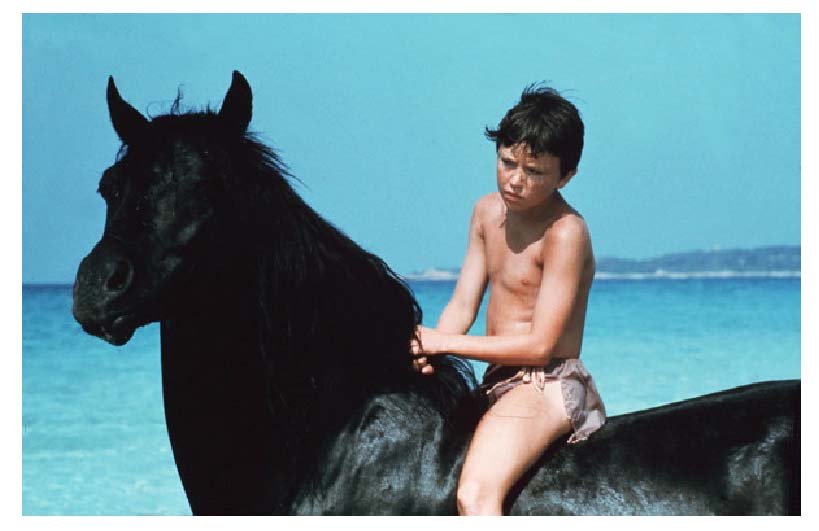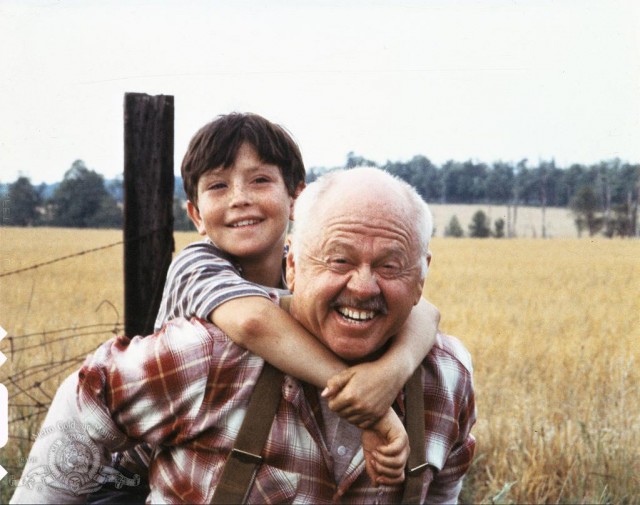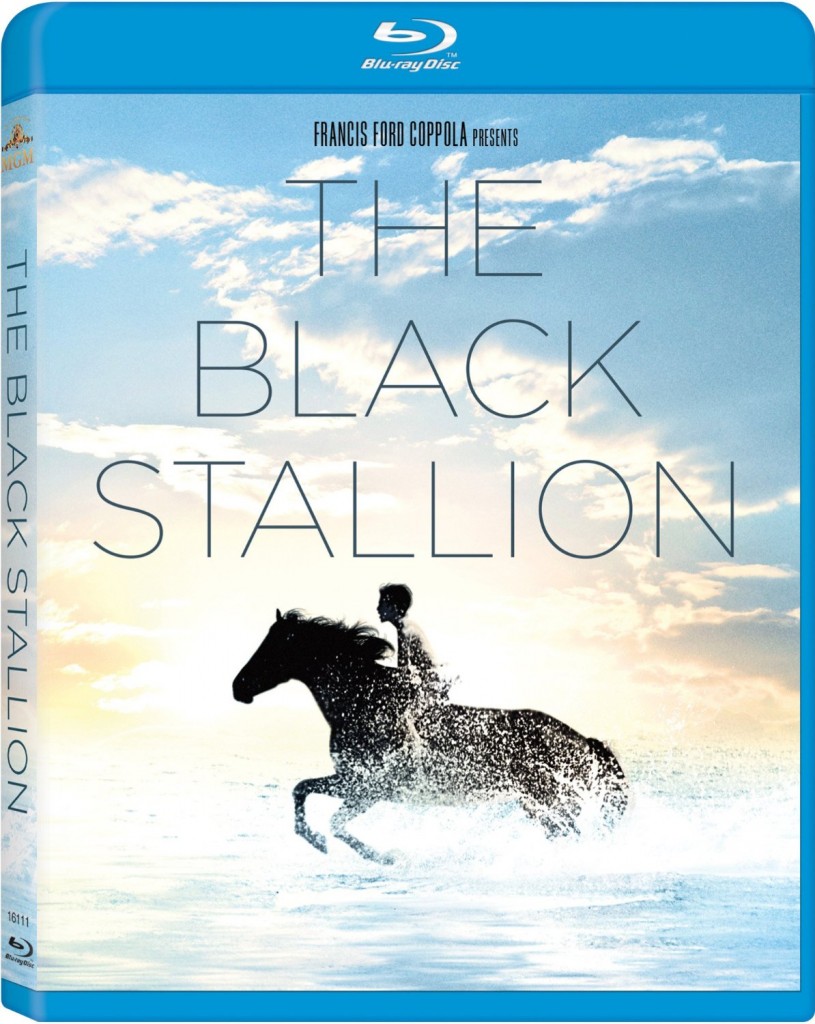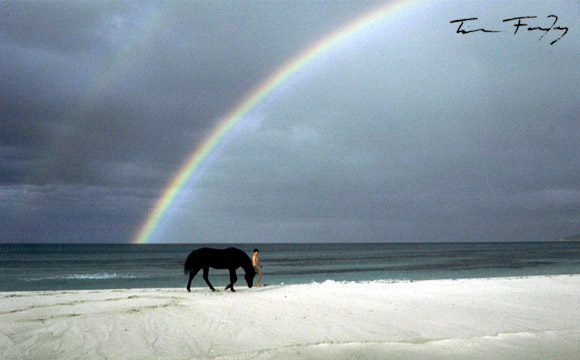Cowboys & Indians magazine. Stories from the making of “the Black Stallion” (1979)
Stop and get a treat for yourself!!!

The Black Stallion at 40: Behind the Scenes
BY Elizabeth Kaye McCall
Production Assistant Tim Farley’s Flashbacks on Filming.
“I met director Carroll Ballard when he and my dad were looking for an Arabian stallion to play The Black,” says Tim Farley, who was still in college, finishing a photography degree at Brooks Institute in Santa Barbara, California when his father Walter Farley’s beloved novel, The Black Stallion, began its transformation to the big screen.
“I went to talk to Carroll and to Fred Roos, the producer, to see if I could get a job. Of course, they said I could have a job. They didn’t say they would pay me, at first. I was a 21-year-old kid who knew nothing about making movies,” says Farley laughing.
He would end up skipping graduation ceremonies to start on the film, which began production in Toronto in 1977.
“My first job was working in the office,” Farley recalls. “The film was in preproduction at that point. One of my assignments was to make copies of all the script changes for the crew. However, I also ran off an extra set of copies to send to my dad. So, he would send them back with all these comments on them, of course, and they were like, ‘Where is he getting all this information?’ I was his mole! They weren’t real happy about that, to tell you the absolute truth.”
Still, it brought benefits. “Actually, my dad came up with the sequence in the jockey’s room before The Black races. It became a humorous scene in the movie, because they kept adding weight to this little kid. The way the script was originally written had Alec sneaking weight into his pockets, or putting on a weight belt, or something. My dad said, ‘Nobody would do that. The officials add all the handicap weight jockeys must carry. They would never sneak weight.’ He came up with some helpful ideas.”
Farley smiles when he thinks back on it. “It was fascinating driving to the set daily with Mickey Rooney in Toronto, the location for our 1940s New York scenes. Mickey had been in a long career slump, but The Black Stallion brought him an Oscar nomination and he returned to the stage.”
When the production went overseas, Farley went too.

“From set of the Black Stallion when I was 22. Don’t know the photographer, it was sent to my Dad [Walter Farley] and on his office wall,” says Farley.
“The most memorable days for me were on the island. It took us months to get some of those shots,” he says. “My screen credit was ‘production assistant,’ but with only about 30 of us on crew [there], I did a little bit of everything. It was shot almost like a documentary, with a small crew on the Mediterranean island of Sardinia.
A small crew and not many — make that no — creature comforts: “It was exciting, even though we had to take cold showers!” Farley says. “Working on those beach sequences, there were no hotels. We stayed in an empty school with cold-water showers. Every once in a while you’d see a tourist come through for an hour or two, but we were pretty far out.”
The remote location brought unique challenges. “We had to do a lot of tracking shots, like The Black running down the sand bar, especially when Alec’s learning to ride and keeps falling off. We had to kind of wing it. We couldn’t say, ‘Oh, we need some dolly track here for 500 yards and we have to go 30 miles an hour. So, how are you going to do that?”
The answer was improvise: “They came up with a Citroën 2CV. It’s like a French version of a Volkswagen Beetle. We took the doors off and the seats out. We used that as our [camera] dolly to race down the beach. The horse was going pretty fast.”
Rarely without his own camera, Farley often photographed the star horse, Cass-Olé. “He and Kelly had a good relationship because they spent so much time together before the movie started. But Cass-Olé was kind of like the character of The Black. He was very independent, knew he was gorgeous, and that everybody loved him. He’d take control if you’d let him. On the other hand, Cass was gentle with Kelly. Corky Randall trained Cass for months to be able to work him at liberty and have him listen to voice commands.

” Dad [Walter Farley] editing my pix after getting back. [from filming],” says Farley
When filming finished, coming home took some adjustment. “It was almost like in the movie — when Alec arrives back in America — that first sequence when he’s in a real bathroom with running water. That’s kind of what happened to us too,” Farley remembers.
Forty years later, the memories from those months working on the film are still vivid and exciting. “Learning something new every day … you never knew who might show up — Harrison Ford, Matt Dillon, Francis [Ford Coppola], even Scorsese. I met Fellini at Cinecittà [Studios, where the shipwreck scene was filmed in Rome].”
But the best part, Farley says, was “just being part of this small family that included the wonderful horses and horsemen, from cowboys to Hollywood.”
More about The Black Stallion
The Black Stallion: A Heartwarming Epic For The Ages
The Black Stallion’s Accidental Screenwriter
The Black Stallion at 40 With Stunt Coordinator Glenn Randall
The Black Stallion’s Secret Weapon
All images: Courtesy Tim Farley.
(Lead image) Tim Farley trying his hand at liberty work rearing the Black Stallion that starred in the long-running (now closed) Arabian Nights Dinner Attraction in Orlando. Walter Farley was close friends with the family and gave permission for the black stallion namesake to only be used there. Curious tidbit. Glenn Randall Sr. (Corky’s father) did the original horse training at Arabian Nights.
